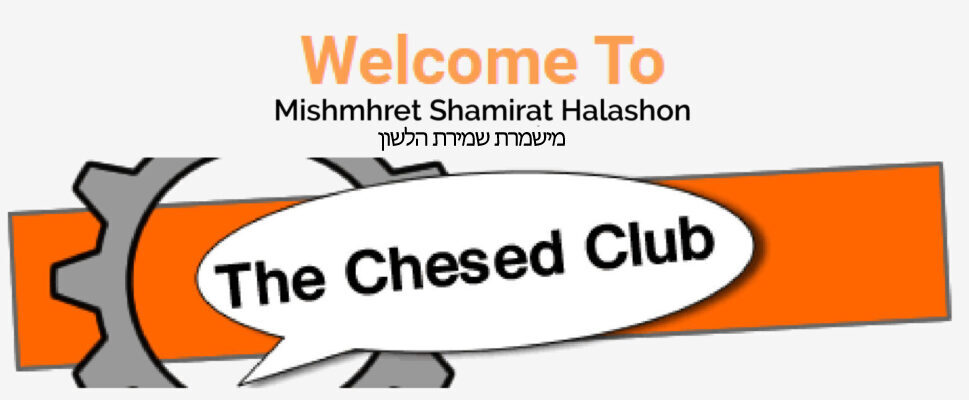| The Aruch Ha’shulhan (Rav Yechiel Michel Epstein of Nevarduk, 1829-1908), in Siman 284, offers several explanations of the term “Maftir” which we use to refer to the final Aliya on Shabbat, which follows the seven primary Aliyot. One possibility, he writes, is that the word “Maftir” stems from the word “Patur” (“exempt”). The custom of the Haftara reading evolved when the authorities banned the synagogue Torah reading, and the Jews decided to read of portion from Nebi’im (the Prophets) instead. (This practice was continued even after the ban was lifted, and the Rabbis required the one reading the Haftara to first read several verses from the Torah –the Maftir – because it would be disrespectful to the Torah if somebody came to read only from the Nebi’im and not from the Torah.) The word “Maftir” signifies the fact that these communities were “exempt” from the requirement of Torah reading due to the danger entailed.
Another explanation mentioned by the Aruch Ha’shulhan is that the word “Maftir” means “speak,” as in the verse in Tehillim (22:8), “Yaftiru Be’safa.” The Maftir reading marks the end of the Torah reading when speaking becomes permissible, after the period of Torah reading during which speaking is forbidden. Furthermore, the Aruch Ha’shulhan demonstrates from Midrashic sources that the word “Maftir” in Aramaic can mean “begin.” The Maftir reading marks the beginning of a new stage – the Haftara reading – as the Torah reading has been completed. An Aramaic term was used, the Aruch Ha’shulhan suggests, in order to ensure that the people would understand what the “Maftir” is. The one who receives the Aliya of Maftir recites a Beracha before the reading of the Aliya and then a Beracha after the reading, just as with every other Aliya. He then recites a Beracha before reading the Haftara, and four Berachot after the Haftara reading. In all, the one who receives Maftir recites seven Berachot, corresponding to the seven main Aliyot which are called on Shabbat. Several writers, including the Peneh Yehoshua (Rav Yehoshua Falk, 1680-1756), suggest that the seven Aliyot on Shabbat were instituted for the benefit of those who were unable to hear the Torah on the previous Monday and Thursday. As three Aliyot are called on Monday and Thursday, those who cannot attend the synagogue during the week miss six Aliyot, and thus miss six recitations of “Barechu” (which is recited before each Aliya). Answering to “Barechu” is extremely significant and beneficial to a person, and therefore seven Aliyot were instituted on Shabbat – six were instituted to allow people to make up the six missed “Barechu” recitations, and one “Barechu” recitation was instituted for Shabbat. This explanation underscores the importance of answering to “Barechu.” Even those who did attend the synagogue on Monday and Thursday should ensure to answer to “Barechu” properly on Shabbat, as they undoubtedly missed “Barechu” at other times. It is customary to receive an Aliya to the Torah on the Shabbat before a Yahrtzeit, in order to benefit the departed soul. Many people mistakenly assume that the most beneficial Aliya for the departed soul is the “Mashlim” (the final Aliya before Maftir), because it includes a half-Kaddish. In truth, however, as the Hida (Rav Haim Yosef David Azulai, 1724-1806) writes in his Birkeh Yosef (284:1), the most beneficial Aliya is Maftir. The Hida cites a Midrash which tells of a man who passed away and later communicated to his family members (presumably through a dream) that he would be spared harsh punishment for his sins in the afterlife only if his son recited Kaddish or conducted the Haftara reading in the synagogue. The Ribash (Rav Yishak Bar Sheshet, 1326-1408), in one of his responsa (115), writes on the basis of this Midrash that it is customary for the child of a deceased person to recite Kaddish Yatom (the last Kaddish before Alenu at the end of the prayer service), and to read the Haftara, for the benefit of the deceased person’s soul. Accordingly, the preferred Aliya to receive for a Yahrtzeit is Maftir, which includes the reading of the Haftara, and not the “Mashlim.” If two people in the synagogue observe a Yahrtzeit during the coming week, the simple solution would be for one to receive the “Mashlim” and the other to receive Maftir. (It should be noted, incidentally, that according to the Arizal, the seventh Aliya is on the lowest level of all the Aliyot on Shabbat.) Adopted from the class of Rabbi Eli Mansour |

 4. Be kind to yourself. Speaking badly even about yourself is unethical.
4. Be kind to yourself. Speaking badly even about yourself is unethical.
 הלכות שמירת הלשון
הלכות שמירת הלשון 